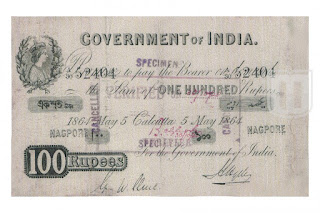It is almost impossible to visit all your dream destinations within your single lifetime. Stamp collecting is a hobby through which you can traverse into an imaginary world without actually going anywhere. Each country issues stamps that highlight special aspects related to the respective nation's history, events, personalities, flora fauna and much more! That's the reason why stamp collecting is considered to be one of the most popular hobbies of the world. Unlike other hobbies though, philately enhances your general knowledge to a great extent. Philatelists do not simply restrict themselves to adding stamps to their collection. They go a step further by learning about the imagery found on stamps and look up for information related to those images or designs. Experienced stamp collectors know the importance of investing in good quality stamp collecting supplies.
Stamp collecting accessories not only help in organising your collection, but also keeps them safe from any kind of dust. Quality stamp collecting accessories prevent stamps from getting folded or torn. This way you can maintain the market value of your stamps for a long period of time. Stamps which are folded or even slightly torn do not sell at the desired market rates. Also, stamps which are in contact with dust lose their actual freshness! So, the best thing would be to buy the right kind of philatelic supplies, so that you won't have to regret about anything, going forward.
Tips for Buying the Right Stamp Collecting Supplies:
There are several shops which sell philatelic supplies. Take care that you not buy any of those local brands. The problem with local brands is that they are not made of quality materials. They could be cheaper, but they wouldn't be as durable as branded stamp collecting accessories. In this modern day and age of internet, buying stamp collecting accessories online is just a matter of few clicks. They also offer different payment options to suit your needs. So basically, you wouldn't have to step out of your homes to look for stamp collection albums. Besides that, when you are shopping online, you have better and more options to choose from. Based on the size of your collection, you can go for an appropriately sized accessory. That's not all, many of these companies that offer branded stamp collecting supplies, also give certain discounts on their products. When you get a better product at an affordable rate, why should you go for local brands?
Why is it so important?
Although stamp collecting is considered as a hobby by many, there are some collectors who look at it as an investment. It becomes even more important for them to store their rare stamps safely. Besides that, there are many collectors who follow certain themes. Compiling and sorting stamps becomes much easier when you keep them in stamp stockbooks, stamp binders or stamp stockpages. It becomes much easier to find a particular unique stamp when your collection is more organised. Many philatelists also follow a practice of making an index page for their stamps. By referring to an index, one can easily spot any stamp in a huge collection.
The benefits of investing in the right kind of affordable stamp collecting supplies are many. So go out there and buy one as soon as possible.
















